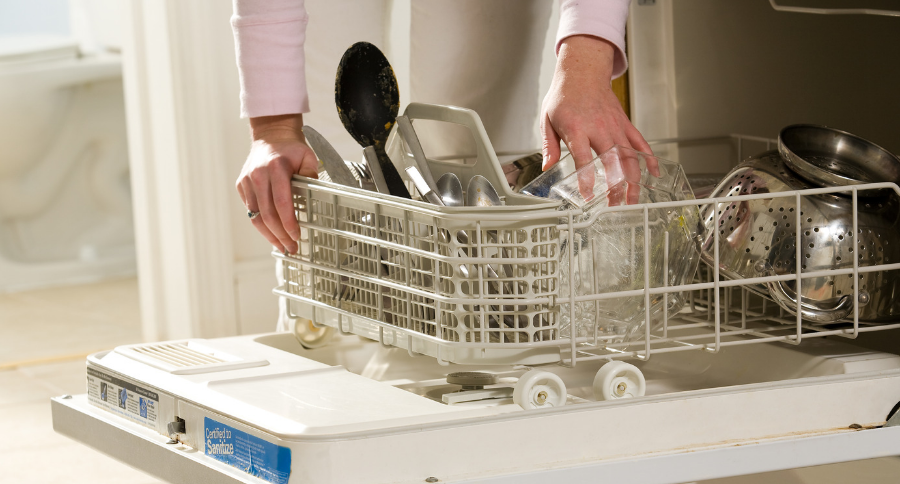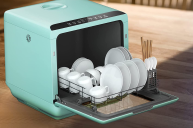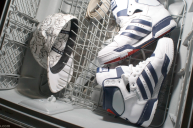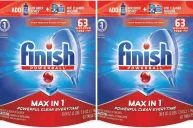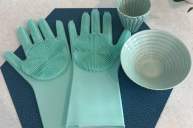One of the most important appliances in your kitchen, besides a refrigerator and a stove, is the mighty dishwasher. Not common in households until the 1950s, the dishwasher today is a staple in the American kitchen. It cuts down the grim on your dinnerware and sanitizes your forks with ease. However, it seems like the only time we think about it is when it doesn't work. When food comes back stuck to the knife and that last bit of lasagna is still stuck in the casserole dish.
I admit when I first moved into my apartment I hated my dishwasher. It left large splotches of water all over my plates and more times than one, I had to run the load again to get everything clean. However, after a bit of research, I realized that it wasn't the dishwasher's fault for coming out dirty-but rather my own for loading it incorrectly.
How To Load a Dishwasher
Before we even get into properly loading the top rack, it's important to note what cannot go in the dishwasher. Wooden cutting boards, wooden spoons, pots and pans, chef knives, and expensive china should never go into the machine and should be hand-washed. If you are questioning if an item can go in the machine, look for the dishwasher-safe sticker on the box or the item itself. It's always better to give a good hand washing if you are weary.
1. Load the plates in the bottom rack
Pre-rinsing your plates isn't necessary unless there are huge pieces of food on them, and it that case, you don't want those food particles clogging your machine. According to WikiHow, the right way to place your plates is facing the center of the machine resting in the slots. The spray arms come out from the middle of the machine, so if needed, lean your plates inwards and down.
2. Place the glasses and plastic wear in the top rack.
Dishwasher-safe plastics and wine glasses should be placed face down on the top rack. If placed on the lower rack plastic items risk melting or warping due to the heating element. Make sure all of your glasses are face down, otherwise you'll be left with a filled glass of dirty water.
3. Load the silverware basket
Forks, knives, and spoons should be loaded handle down in the silverware basket. Larger pieces like tongs and serving spoons should be placed in the top rack, facing down.
4. Fill the detergent and rinse agent
According to Consumer Reports, the best detergent is single-dose pods. If your pods do not contain a rinse aid, add that to your dishwasher as well to promote drying and to prevent streaks.
